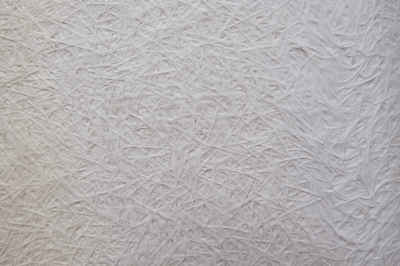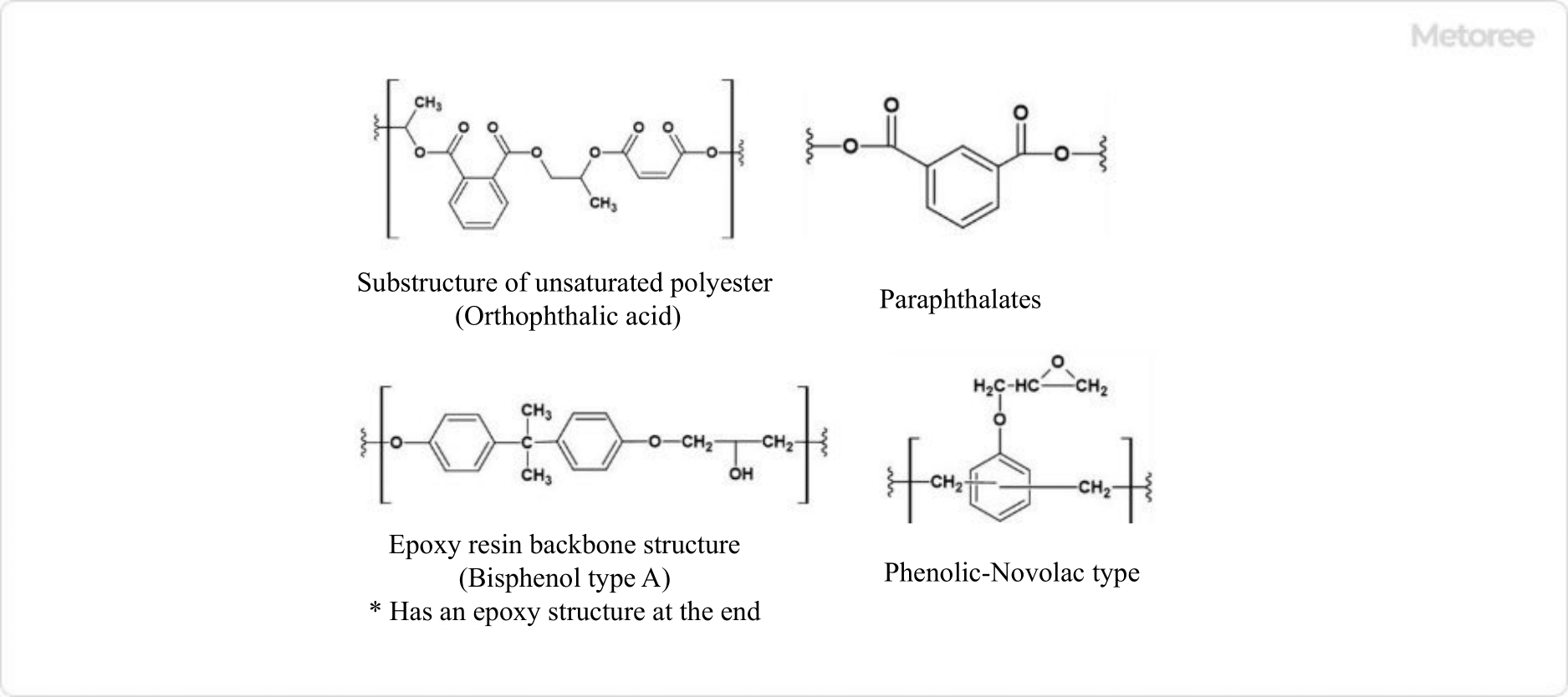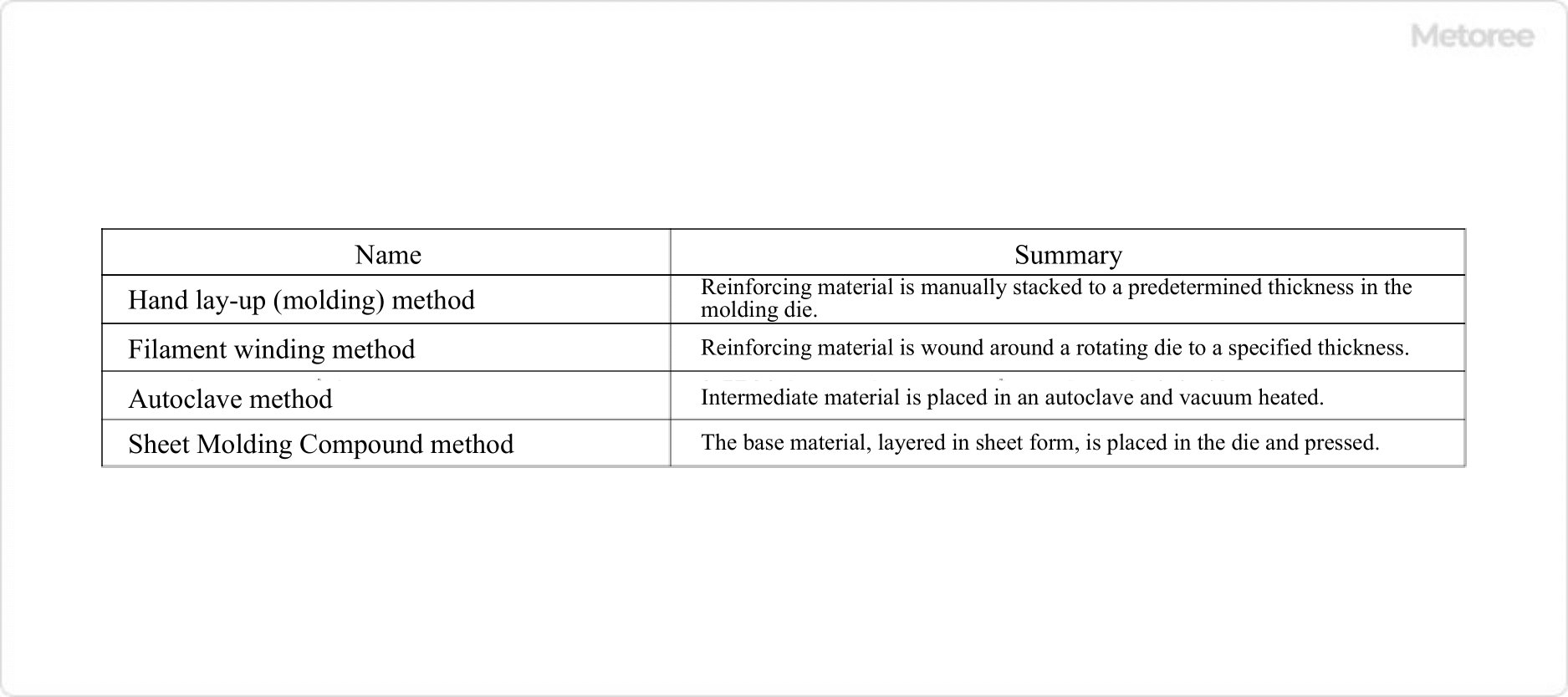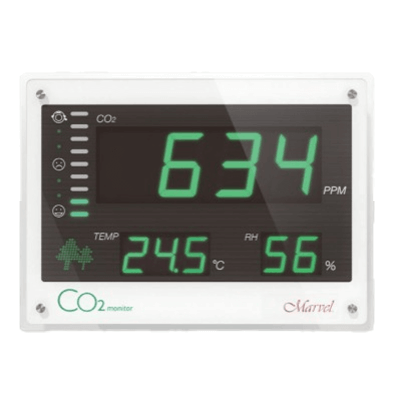What Is a Graphic Panel?
A Graphic Panel is a panel that displays a structure. It is used as one of the devices that make up the central monitoring system.
It displays on a large screen the system diagrams and layout diagrams of the power system, air conditioning and ventilation equipment, water supply and drainage equipment, etc., of the power receiving and transforming facilities installed in the automatic control equipment, and expresses the equipment operation status and measurement values on the screen.
Uses of Graphic Panels
Graphic Panels are used for a variety of purposes, including the display of information and images.
1. Uses in the City
For example, they are used for sightseeing information bird’s-eye view signs, 360° panoramic bird’s-eye view signs, and large panels for conference rooms. They are also used for various purposes in traffic control systems such as railroads, for example, to indicate the position of vehicles with lamps.
Other applications include arrival and departure information at airports and train stations, and score displays at concerts and sporting events.
2. Hazard Avoidance Applications
To indicate the alert and monitoring status of a facility, a floor plan of the facility can be inserted into the panel board, and the alert status transmitted from various sensors can be controlled by the controller and indicated by lighting and blinking LEDs. The easy-to-see, easy-to-understand display enables early detection of intruders and prompt response.
3. Applications at Construction Sites
Graphic Panels are also suitable for advertising and promotional use for construction projects at construction sites. By displaying them in highly visible locations throughout the site, they can provide project information to passersby and interested parties.
Graphic Panels are also useful for providing instructions and safety reminders within the construction site. Displaying information about heavy equipment and hazardous work areas can help prevent accidents.
They can also indicate the progress of a construction project, which improves communication among all parties involved, streamlines operations, and facilitates project scheduling.
Principles of Graphic Panels
Graphic Panels, a type of display technology used to show information, differ from conventional display technologies such as liquid crystal and plasma displays in that they use a material called OLED, which utilizes organic molecules.
OLED has the property of emitting light when electricity is applied, eliminating the need for a backlight, as is the case with LCDs, and making it possible to create thin, lightweight displays.
It also features a very wide range of display colors, high contrast ratio, and wide viewing angles. While these panels are very useful for guiding and explaining facilities to visitors, the cost is relatively high because separate monitoring and display devices are required.
When used as a map panel, it can be classified into two types according to the display method: the simple method and the engraved method.
1. Simple Method
The simple method of Graphic Panels uses light-emitting diodes (LEDs), which are arranged directly on the surface of the panel and emit light. This method uses a method called dot matrix to connect the dots, and although it cannot produce a high-definition display, it can be manufactured at a low cost.
It also consumes less electricity and is highly energy-efficient.
2. Engraving Method
In the engraving method, the panel surface is engraved with a laser to allow light to pass through. When the laser beam hits the panel surface, it vaporizes the surface and creates microscopic depressions. The light is scattered by these depressions and the specified design appears on the surface of the panel.
This method enables higher definition display by controlling the engraving depth and light transmittance. While it has a high level of design and visibility and is visually appealing, it is also burdensome in terms of cost and delivery date if the screen display needs to be changed.
When specifications change due to an increase in the number of monitoring devices or a change in their location, it is necessary to create a new map version and change the internal wiring and the location of the LEDs on the back of the screen to update the screen display, which tends to increase the cost. As a countermeasure to such high costs, a recent trend is to use software-generated monitoring screens projected onto large LCD monitors instead of handmade panels, and to use general-purpose Internet browsers or dedicated applications for monitoring.
Characteristics of Graphic Panels
The production of graphic panels requires a high level of technology and expertise. Although they are more expensive, they can be easily installed to monitor the equipment system of an entire facility.
Various monitoring alert statuses, equipment operation statuses, and fault occurrence statuses can be checked and grasped graphically on a map version, contributing to quality improvement of facility management. In addition, it is necessary to select the most appropriate materials and technologies according to the intended use and location, thereby realizing cost reductions.





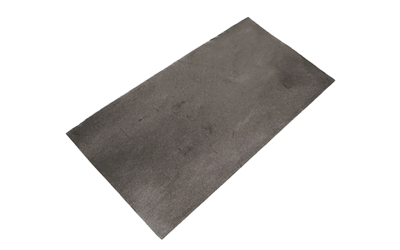
 A Crosscut Saw is an industrial machine that uses a rotating
A Crosscut Saw is an industrial machine that uses a rotating 